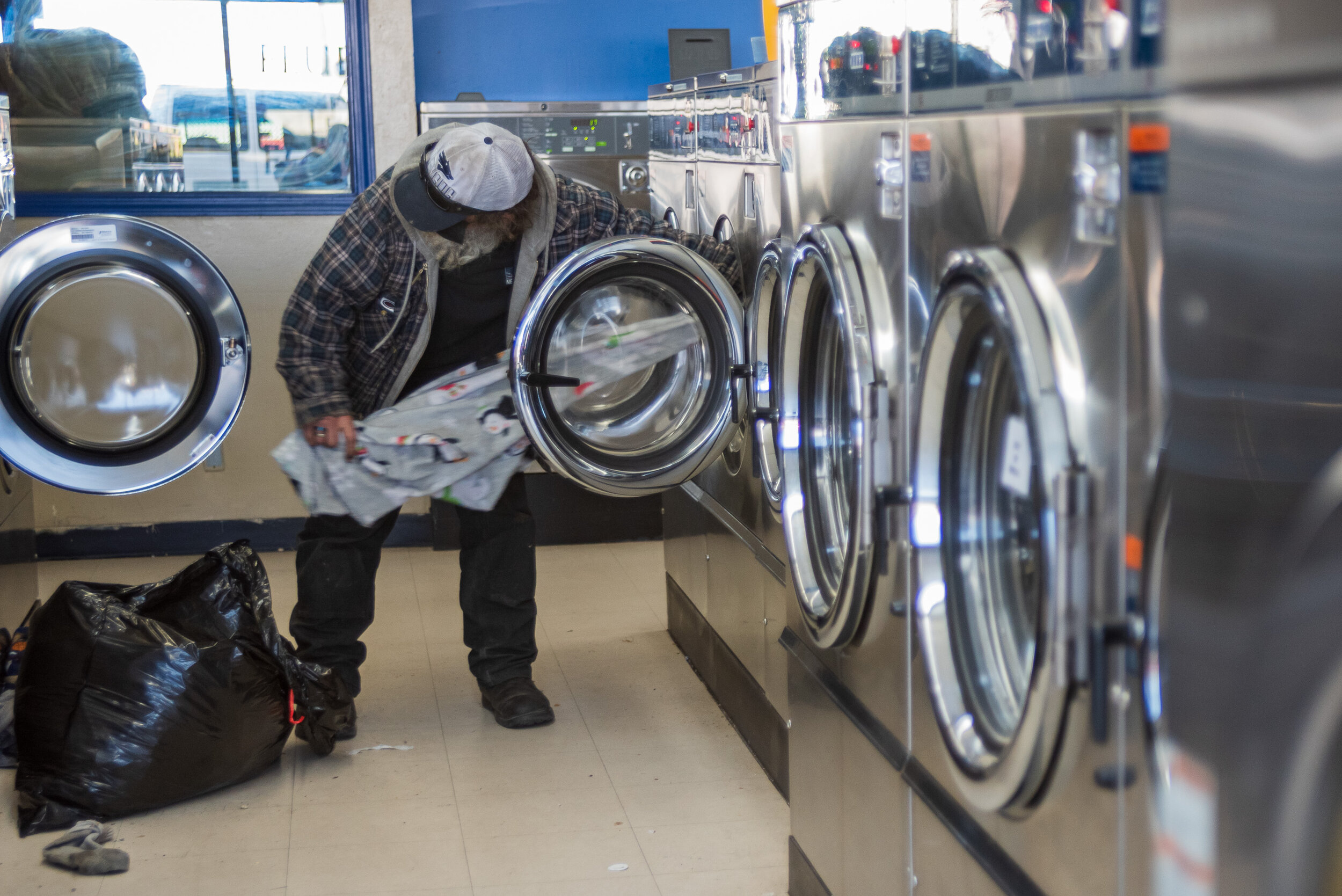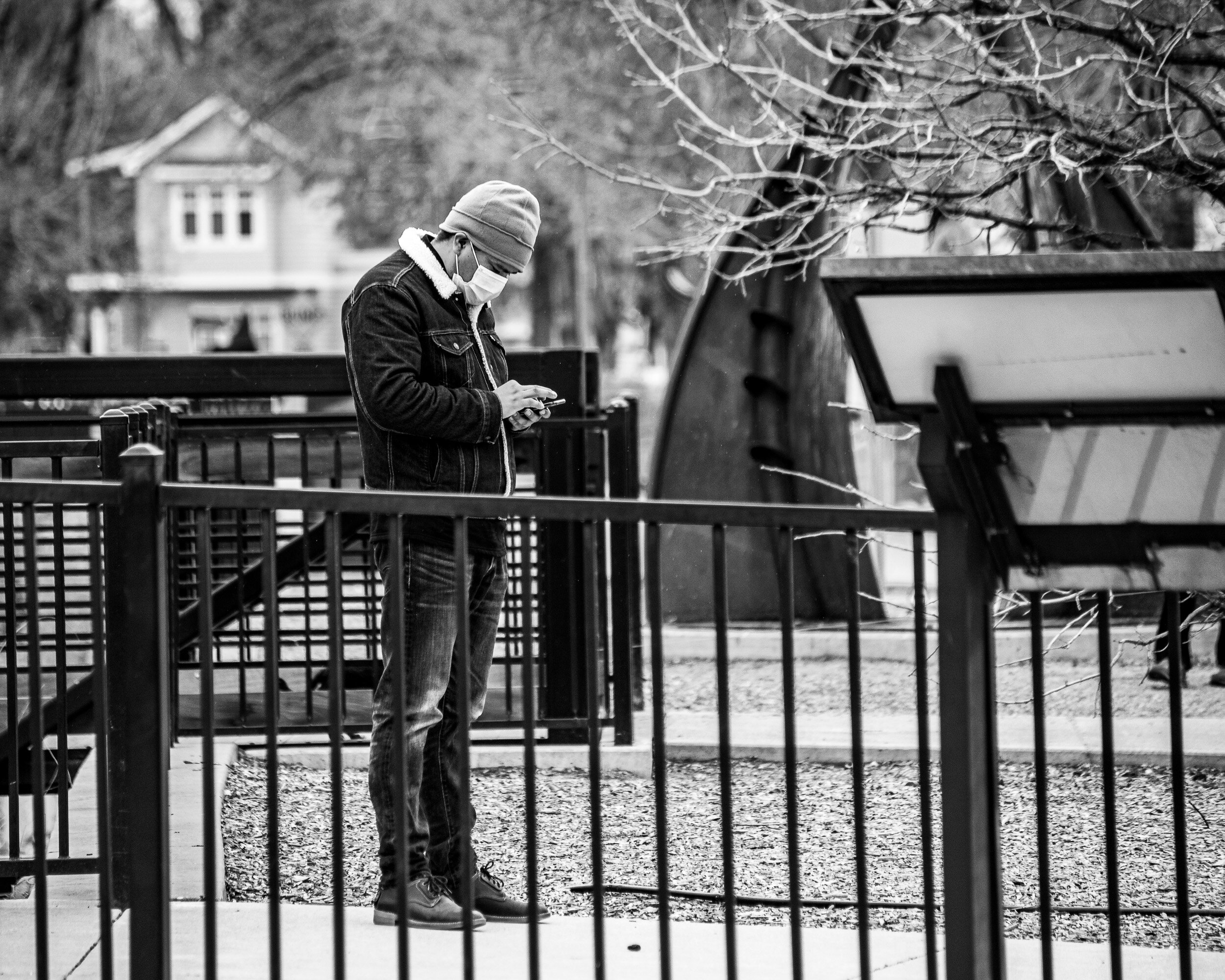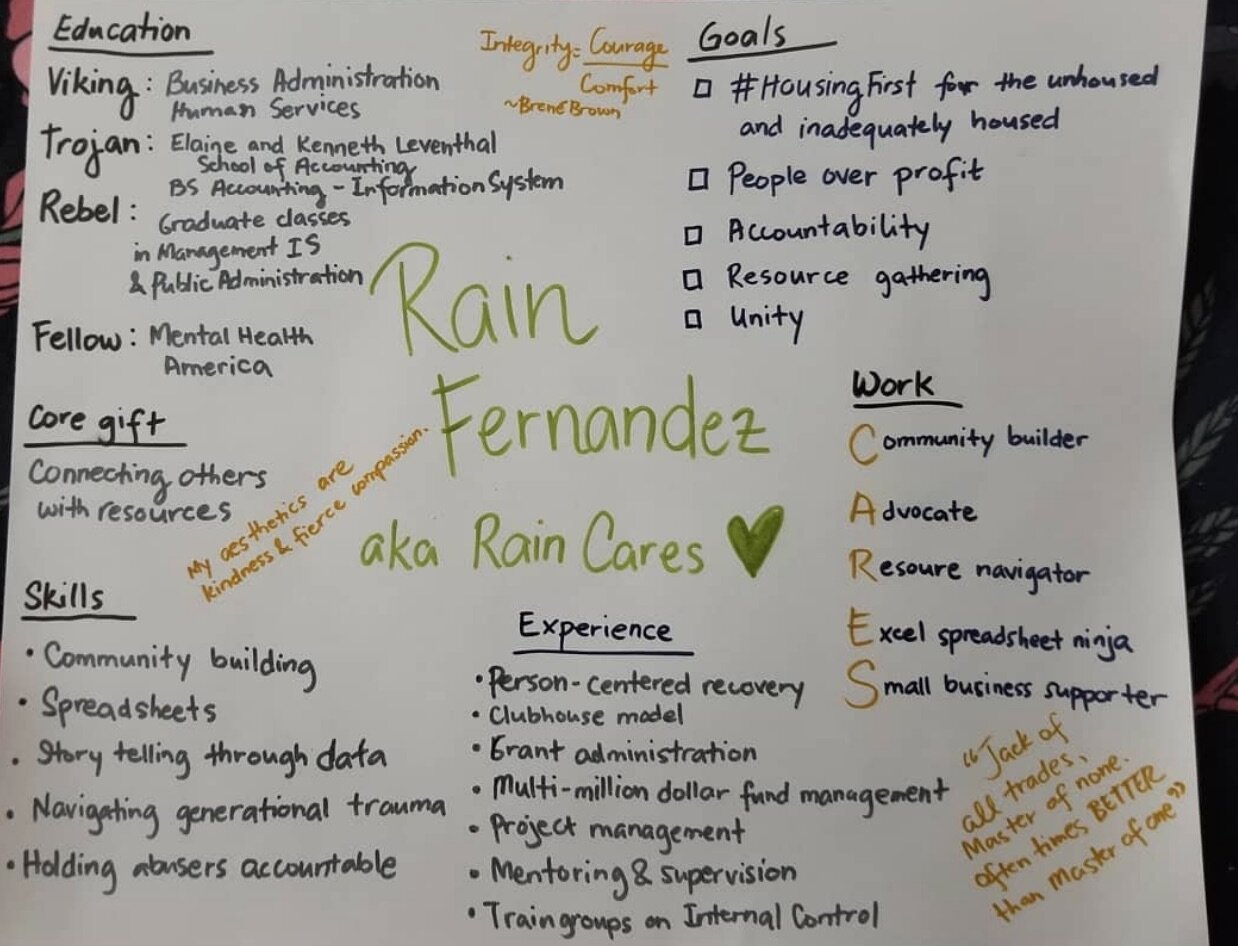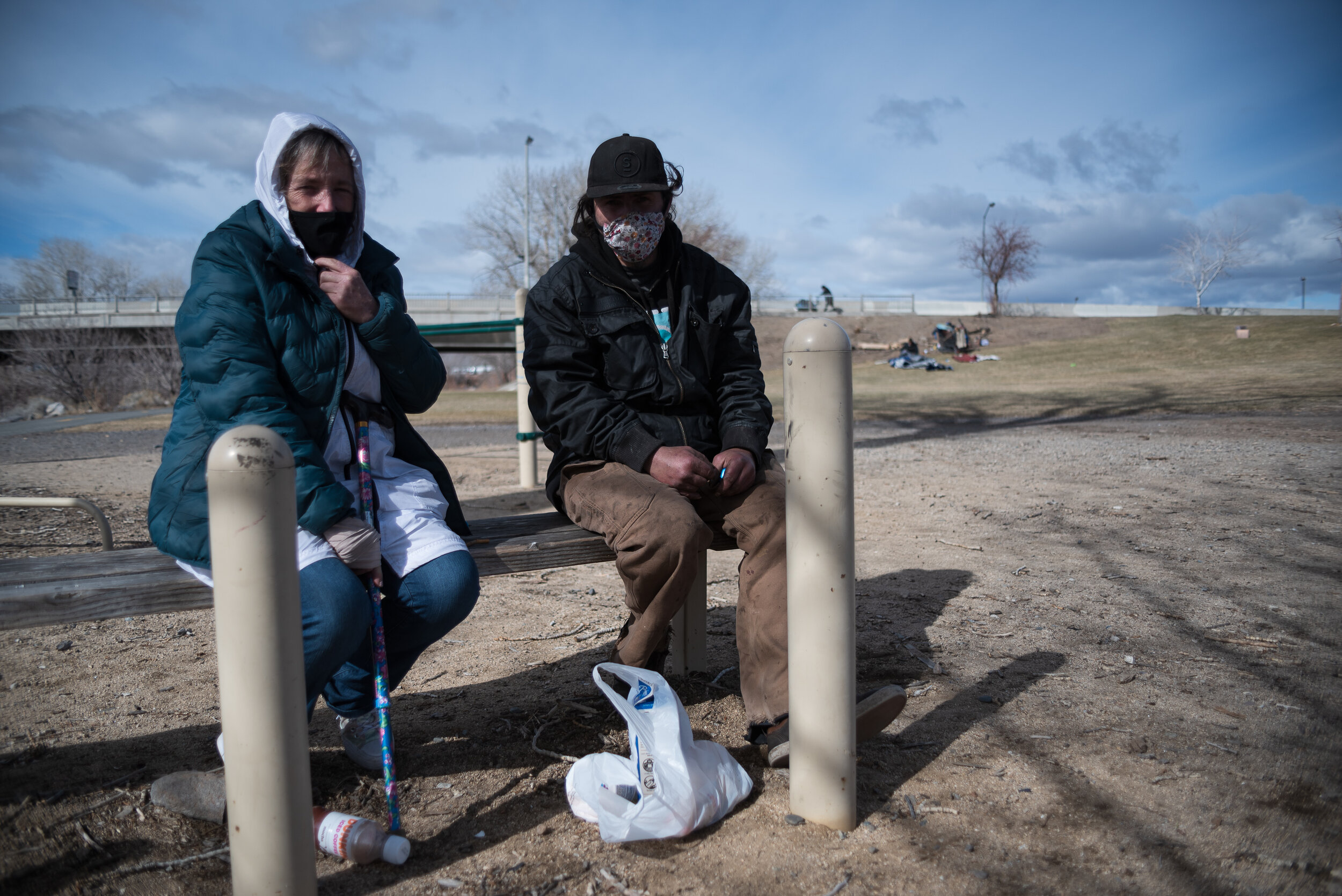Reno, Nevada, is constantly changing and proceeding with new construction plans almost every day, with barriers and bulldozers in every corner. But what does this mean for the older buildings that are being pushed out by the newer buildings? What does this mean for the people who lived in torn down motels and can’t afford new apartment buildings with fancy names. A student journalist at UNR Alexandra Rush writes about her own experience watching the Midtown and Downtown area change throughout the years.
I have lived in Reno, Nevada, for almost two decades–which means the change I have seen in not only the buildings, but the population has been astounding. I began college in the Fall semester of 2018. It was my first time living in Northern Reno versus Southern Reno and I was struggling to get used to the busy streets that were filled with many people and old buildings that looked like they were decaying.
That same semester, they began construction in Midtown and it became a one way street. That construction continued for longer than I expected– over a year. Every time I went down to the area, I saw more and more change happen. I saw people who were homeless with their carts of living supplies walk down the streets that were abundant with workers, orange cones and construction vehicles. Of course, this was a shock because even before this construction, Midtown was a very different place. I had only been down there a few times when I was younger, in middle school and high school, and these upscale, modern buildings like the Acai Cafe and Pizzava did not exist.
Honestly speaking, many people I know, including myself, really didn’t want to go to Midtown because it wasn’t the young, hip place it is now. Now my friends and others I know go there on the weekend just for fun. When I see someone pushing a filled up cart amid all the change, it makes me wonder about their story. Was the person a victim of inflating rent prices in the area? Are they being pushed out by newer businesses? It could be anything. But I know for sure that this scene happens almost daily as this area continues to transform and modernize.
A variety of advertisements among the streets of Midtown during construction. Many diverse buildings are seen, both modern and old. Photo by: Alexandra Rush
I am certain that parts of the old Midtown still exist, but are slowly being pushed out. A new type of spirit embodies it now– one filled with hip bars, trendy thrift shops and new age restaurants. It is exciting to see this change and to see this new life instilled into part of the city, but what does it entail for the older residents and businesses there?
To me, gentrification means historic buildings that have meaning being overtaken by more corporate, more expensive businesses. As rents rise, it sometimes becomes impossible for the older buildings to hold their place. This also affects the older residents that are being pushed out by apartments with insanely high rent. These apartment buildings that I have seen seem to all look very similar with dull colors and matching square windows overlooking the city.
When I look over West Street, I see these apartment buildings called the ‘3rd Street Flats’ that are green and grey. It’s a square building that hosts two businesses underneath– the Bab Cafe and the Urban Market. Surrounding this building which rents out its room for a fairly expensive price, is a pretty large unhoused population that often sits on the corners of the sidewalks watching the residents shop from the new Urban Market and walk back up to their rooms. My role as a photographer while shooting these areas is quite unique. When I look back at the many pictures I have taken throughout the years, I see everything changing. The pictures I took of Midtown this year and last are two different parts of Reno. Though it seems like the construction is taking a long time, in truth, everything is evolving quite rapidly.
A view from above reveals a variety of buildings on West Street. The 3rd Street Flats, Kwoks Bistro and an old motel can be seen all in the same area. Photo by: Alexandra Rush
Many motels in the downtown area are being converted to upscale apartments in order to accommodate for a new and growing population. That being said, this leaves a specific population without access to housing. Motels can be good living accommodations if people are short on money and looking to have shelter without renting pricy apartments that require deposits, background checks and monthly rent, along with utilities. Often I am walking down the streets and I see how much these converted motels are increasing the population without shelter. Again, though I previously lived in southern Reno, I still saw how motels decreased and apartments increased. I still see motels around Reno, but I can tell that they are one day going to probably disappear as well. It’s strange knowing how large Reno’s population has grown and how many buildings have built to host this surge of people. The ‘Biggest Little City in the World’ is starting to look more and more like any other city.
One of the motels on West Street. Behind it is the Montage Apartments and the Eldorado. The contrast between the buildings is quite stark. Photo by: Alexandra Rush
More recently, never ending construction has moved to areas surrounding the University of Nevada, Reno campus and the freeway as well (what locals here consider the ‘spaghetti bowl’). The change around UNR took many students by surprise with the demolition of The U and Textbook Brokers. A few of the old houses around there were moved at the request of faculty members and historical advocates so that they were not demolished. This section of campus was especially historical with the old houses. Now there’s a newly designed bus stop. The construction went all the way up Virginia Street to Archies. They constructed a new roundabout and a bus lane. The freeway is consistently changing as well. Even as of today, every day I drive down, there is a new addition. According to local news, this construction is expected to continue for over a decade. I understand why these changes are happening, but it is sad to see the character of Reno slowly disappear.
Many buildings remain unvacated, and available for rent with no potential renters. In the meanwhile, others go without shelter, unable to afford these high priced places. Photo by: Alexandra Rush
I saw an infographic a little while ago showing the estimated homeless population compared to empty houses. The amount of houses that could host this population would be enough to cover them and even more people. Yet it seems the problem is only getting worse. Compared to when I was younger, I believe that the issue involving homelessness in Reno has gotten much worse. Every time I get off the freeway on my way to campus, I don’t go a day without seeing a person on the sidewalk with a sign– no matter the weather– snowing, rainy, sweltering hot. There are even anti-homeless construction projects that I see where they put spikes or rails on benches and other countermeasures for people without shelter. I have personal relations with family members who have been homeless for periods of time, so to me it is odd to think that we are spending money on countermeasures and new buildings instead of helping the unhoused.
One of the older motels in Midtown stays up despite the changing environment around it. It still hosts residents and has not yet been bought out. Photo by: Alexandra Rush
Gentrification is happening all across the globe, and even more rapidly in other cities. Is it possible to stop it? I am not sure myself. The more we grow as a society, the more we move away from historic buildings and older neighborhoods, and the more we opt for modern, trendy and corporate buildings. I myself feel like this is a huge loss of character. It is creating issues that we can’t solve. It is interesting to me to see how Reno will change in the upcoming years. Though I may not live here in the future, my family does live here so I will continue observing this transformation. There are many advocate groups that want to stop gentrification. Should society have a more empathetic stance on older neighborhood populations and stop the modernization and inflation of rent in these areas? I would argue yes, seeing what has happened in Reno. My own experience is not unique here. I am sure others have witnessed the same change, and hopefully in the future we may show more empathy towards the residents of old neighborhoods and deny this gentrification.




















































































